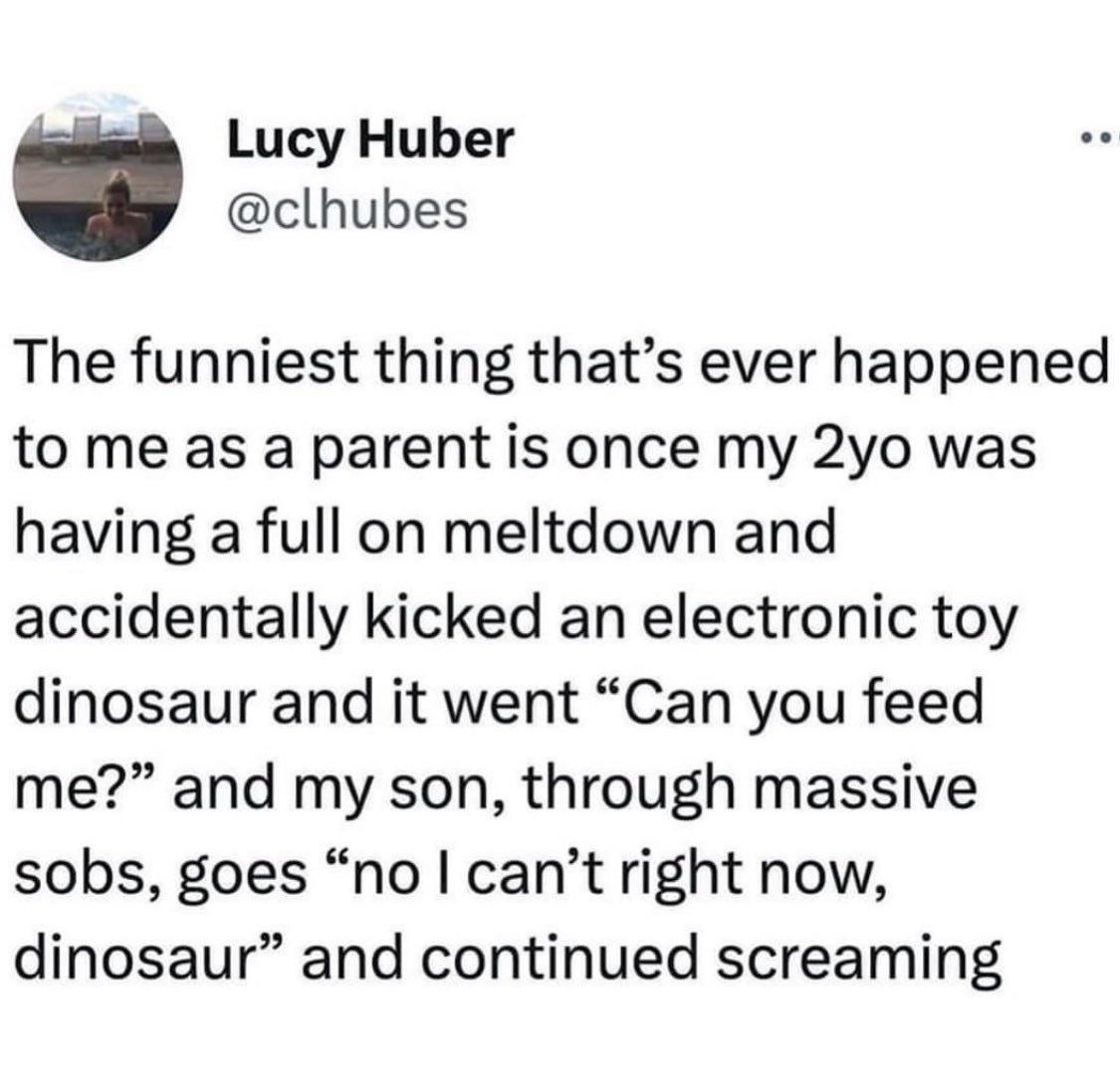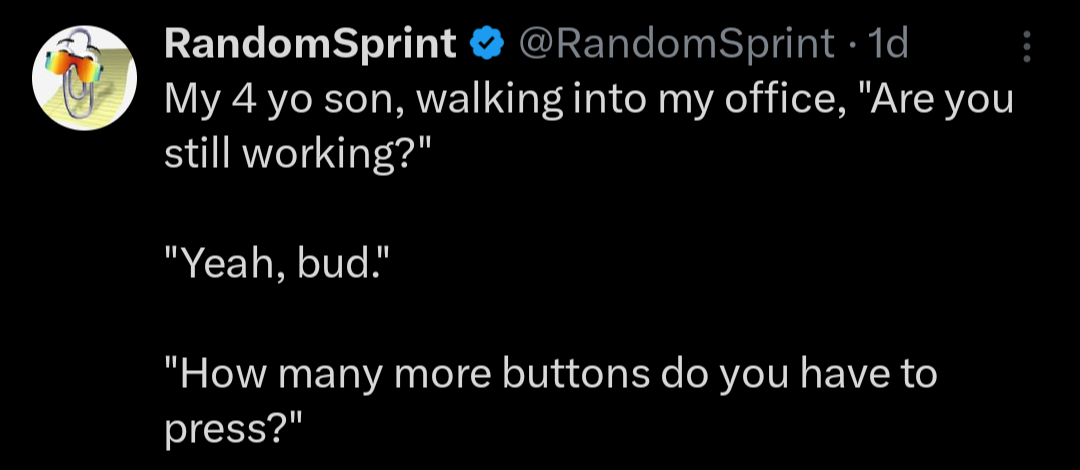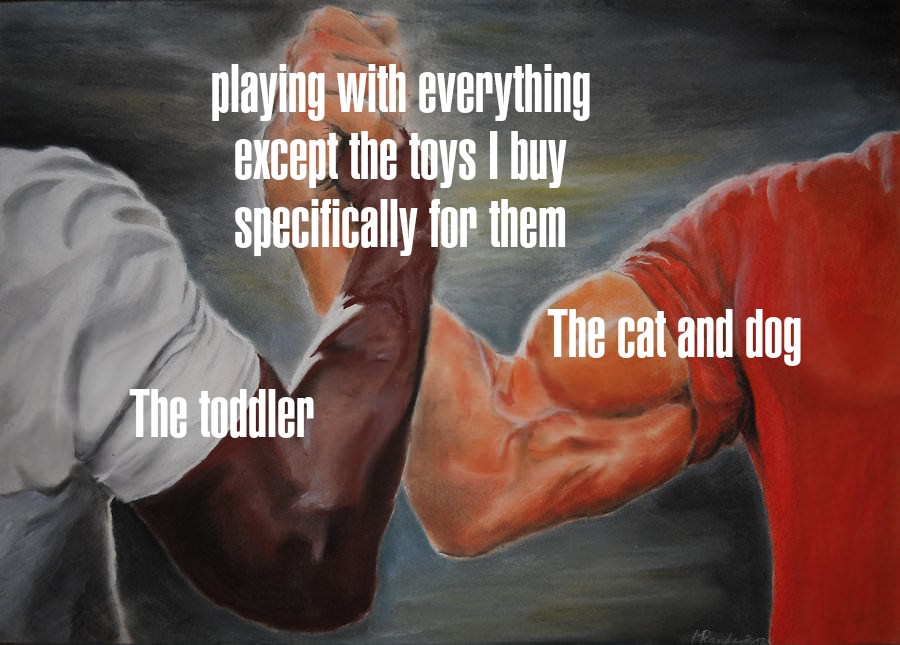I'm in the process of developing a concept for a "private" school here in the United States. The goal is to make education highly accessible, with tuition being exceptionally affordable—just a few hundred dollars per year. Additionally, there will be significant financial assistance available, with the possibility of free tuition for those who qualify.
Earnings for Students:
- Grades K-7/8: Students will earn $10 per hour for attending school.
- Grades 8-12 and Beyond: Older students will earn $17 per hour.
Our schedule is designed to balance rigorous education with personal time, offering 3 school days per week, each lasting 9 hours.
Financial Structure:
- Younger Students' Earnings:
-
- While younger students (K-7/8) will earn money, they won’t be able to access these funds until they demonstrate a certain level of maturity or reach age 16. This is around the time they might start needing to make significant purchases, like a car.
Annual Earnings:
-
- $13,000 per year, with opportunities to increase this amount if students choose to attend additional days or participate in special programs.
Total Accumulated by Milestones:
- $103,000 to $116,000 by the time they complete 7th/8th grade.
- $191,128 to $204,128 by the time they finish 12th grade.
- $176,256 to $220,320 if they continue their education to a doctoral level.
Spending and Financial Independence:
- Students will have autonomy over how they spend their money, reinforcing financial independence and responsibility.
- For large purchases (especially for those under 18), we encourage a discussion with a school advisor to ensure they are making informed decisions.
- When buying anything for parents or family, we require a consultation with a school advisor to protect the student's financial interests.
There are no restrictions on how students can use their funds:
- They can spend on personal items (e.g., cars, technology, hobbies), educational expenses (e.g., college tuition, courses, travel for study), or even entrepreneurial ventures.
Academic Structure:
- Starting from grade 3, students will be introduced to combat training, including survival skills and etiquette, which are essential for self-defense and personal development.
- After grade 8 or 9, students can diverge into specialized pathways, similar to college tracks, and graduate with a degree.
Classroom Environment:
- Class Sizes: 17 students per room, with 30 rooms and 10 districts in total.
- Teaching Model: Each room will have 17 specialized teachers and one head teacher to ensure personalized and focused instruction.
- Health and Data Collection: We will collect comprehensive health and educational data on each student. Parents will have full access to this data, with transparency on who is viewing the information. However, sensitive information, such as sexual activity (unless a risk is identified), sexual orientation, gender, and religion/culture, will remain private.
Student Wellness and Education:
- Sex Education: Basic sex education will begin in 5th grade, with more detailed instruction in 8th-9th grade. Additional learning opportunities will be available for students interested in areas like medical fields.
- Health Exams: Due to the physical nature of some of our programs, such as combat and martial arts, we will require two separate body exams each year. Parents will have the option to opt in, but ultimately, we encourage students to make their own decisions regarding their participation. If there's a disagreement between the student and the parent, a council will review both perspectives and determine the best course of action.
Technology Integration:
- VR Helmets and Avatars: For interactive remote learning or sick days (which are optional, not required), students can use VR helmets and avatars to stay engaged.
- Augmented Reality (AR): AR will be integrated into daily learning, with noise-cancellation headphones and customizable lighting available to enhance the educational environment.
Feedback from Parents:
I value the input of parents and guardians, as your perspectives are crucial in refining this concept. I'm open to suggestions, concerns, or ideas on how to make this school a place where every child can thrive academically, socially, and personally.




